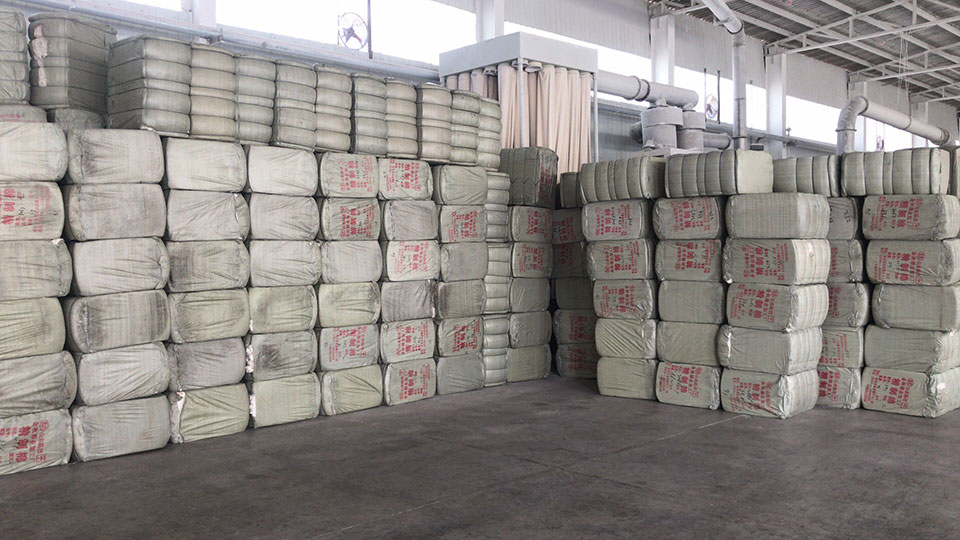Hydroxypropyl methyl cellulose and carboxymethyl cellulose sodium can be mixed
Hydroxypropyl methyl cellulose (HPMC) and carboxymethyl cellulose sodium (CMC) are two widely used cellulose derivatives in various industries due to their unique properties and functionalities. While both are cellulose-based polymers, they differ in their chemical structure and properties, which makes them suitable for different applications. However, in some cases, they can be mixed to achieve specific performance characteristics or to enhance certain properties of the final product.
Hydroxypropyl methyl cellulose (HPMC), also known as hypromellose, is a non-ionic cellulose ether derived from natural polymer cellulose. It is synthesized through the reaction of alkali cellulose with propylene oxide and methyl chloride. HPMC is widely used in pharmaceuticals, construction materials, food products, and cosmetics due to its excellent film-forming, thickening, binding, and water retention properties. HPMC is available in various grades with different viscosity levels, which allows for its use in a wide range of applications.
On the other hand, carboxymethyl cellulose sodium (CMC) is a water-soluble anionic cellulose derivative obtained by the reaction of cellulose with sodium hydroxide and chloroacetic acid. CMC is known for its high water retention capacity, thickening ability, film-forming properties, and stability in a wide range of pH conditions. It finds applications in food products, pharmaceuticals, cosmetics, textiles, and paper manufacturing due to its versatility and biocompatibility.
While HPMC and CMC share some common properties such as water solubility and film-forming ability, they also exhibit distinct characteristics that make them suitable for specific applications. For example, HPMC is preferred in pharmaceutical formulations such as tablets and capsules due to its controlled-release properties and compatibility with active pharmaceutical ingredients. On the other hand, CMC is commonly used in food products such as sauces, dressings, and baked goods as a thickening agent and stabilizer.
Despite their differences, HPMC and CMC can be mixed together in certain formulations to achieve synergistic effects or to enhance specific properties. The compatibility of HPMC and CMC depends on several factors such as their chemical structure, molecular weight, degree of substitution, and the desired properties of the final product. When mixed together, HPMC and CMC can exhibit improved thickening, binding, and film-forming properties compared to using either polymer alone.
One common application of mixing HPMC and CMC is in the formulation of hydrogel-based drug delivery systems. Hydrogels are three-dimensional network structures capable of absorbing and retaining large amounts of water, making them suitable for controlled drug release applications. By combining HPMC and CMC in appropriate ratios, researchers can tailor the properties of hydrogels such as swelling behavior, mechanical strength, and drug release kinetics to meet specific requirements.
Another application of mixing HPMC and CMC is in the preparation of water-based paints and coatings. HPMC and CMC are often used as thickeners and rheology modifiers in water-based paints to improve their application properties, such as brushability, sag resistance, and spatter resistance. By adjusting the ratio of HPMC to CMC, formulators can achieve the desired viscosity and flow behavior of the paint while maintaining its stability and performance over time.
In addition to pharmaceuticals and coatings, HPMC and CMC mixtures are also used in the food industry to improve the texture, stability, and mouthfeel of various food products. For example, HPMC and CMC are commonly added to dairy products such as yogurt and ice cream as stabilizers to prevent phase separation and improve creaminess. In baked goods, HPMC and CMC can be used as dough conditioners to enhance dough handling properties and increase shelf life.
while hydroxypropyl methyl cellulose (HPMC) and carboxymethyl cellulose sodium (CMC) are two distinct cellulose derivatives with unique properties and applications, they can be mixed together in certain formulations to achieve synergistic effects or to enhance specific properties. The compatibility of HPMC and CMC depends on various factors such as their chemical structure, molecular weight, and the desired properties of the final product. By carefully selecting the ratio and combination of HPMC and CMC, formulators can tailor the properties of their formulations to meet specific requirements in pharmaceuticals, coatings, food products, and other industries.
Post time: Apr-12-2024
